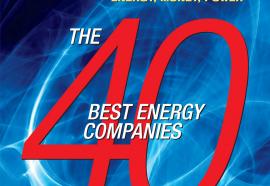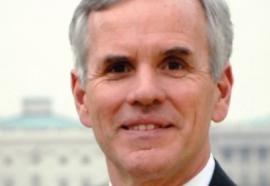Changing the Game
Why did Michigan cap competition?
The sweeping regulatory reform implemented in Michigan over the past year is often couched as a response to the economic crisis. Decoupling rates from utility profits, the reasoning goes, will remove disincentives to efficiency. Reducing the subsidies that commercial customers have long shouldered will ease their financial burdens. New renewable portfolio standards and wind generation initiatives will create green jobs and much-needed infrastructure.










